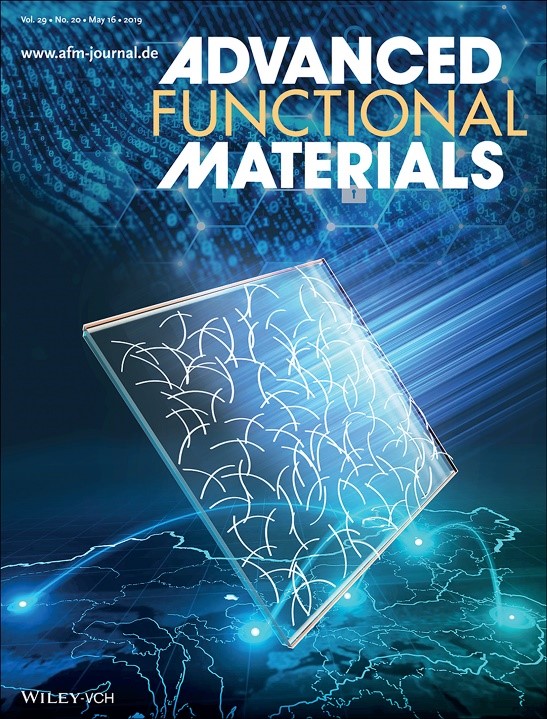Reported by Dr. Huajing Fang
Transparent electronics with both excellent performance and high transparency are emerging technologies for next-generation “see-through” functional devices. With the steadily increased demands, the transparent UV photodetector has become a key research issue in the past few years. However, the current photodetectors often suffer from relatively slow response speeds and high driving voltages.
Under this circumstance, Prof. Hong Wang group in XJTU developed a novel UV photodetector composed of titanium dioxide thin film as the photosensitive layer sandwiched between two different transparent electrodes to form asymmetric Schottky junctions. The photodetector with high optical transparency can operate at zero bias because of spontaneous separation of photogenerated electron-hole pairs by the built-in electric field. The resulting self-powered photodetector displayed high sensitivity to broadband UV light (200 ~ 400 nm). In particular, an ultrafast response speed up to 44 ns was obtained, representing a significant improvement over those of the conventional transparent photodetectors. Moreover, the photodetector has been successfully applied in a UV communication system as the self-powered signal receiver. This work uniquely combines the features of high optical transparency and self-power ability into the UV photodetectors and would enable a broad range of optoelectronic applications.

The work is recently published as a back cover article entitled “Solution-Processed Self-Powered Transparent Ultraviolet Photodetectors with Ultrafast Response Speed for High-Performance Communication System” on Advanced Functional Materials. Dr. Huajing Fang conducted the work as the first author. Prof. Xiaosheng Fang (Fudan University) and Prof. Hong Wang are the corresponding authors.
Paper link: https://onlinelibrary.wiley.com/doi/pdf/10.1002/adfm.201809013


